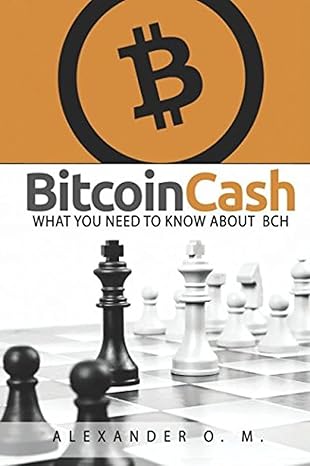Question
The Indonesian government has historically subsidized gasoline retail sales to qualified consumers, businesses and transportation operators. As the world oil price increased during 2012, the
The Indonesian government has historically subsidized gasoline retail sales to qualified consumers, businesses and transportation operators.
As the world oil price increased during 2012, the cost of the gasoline subsidy for the government increased significantly, leading the government to reduce and then eliminate the subsidy.
The government was the only authorized distributor of subsidized fuel through the public company Pertamina. The only competitor in the market, Shell, can only sell unsubsidized fuel.
Only qualified consumers, e.g Indonesian citizens below a certain income level, taxi drivers and companies can access the subsidized gasoline. The remaining customers must buy unsubsidized gasoline.
In this context, in June 2013, the Indonesian government increased the price of subsidized gasoline by reducing the subsidy from the initial 50% to 25%, to eliminate it completely by the end of 2013.
The government collected information about the following variables.
-
Amount of subsidized gasoline sold (qs), measured in thousand of liters per month.
-
Amount of unsubsidized gasoline sold (qns), measured in thousand of liters per month.
-
Price of subsidized gasoline in rupees (ps).
-
Price of unsubsidized gasoline in rupees (pns).
-
Average monthly income in rupees (I).
At the time the subsidy was removed, the marginal cost (average variable cost, c) was Rs 1,500 and the average monthly income (I) was Rs 50,000.
The government has estimated the demands of subsidized and unsubsidized gasoline, which will help the students to answer the questions:
It is important to differentiate between the optimal price of the subsidized gasoline and the effective price paid by consumers. As an example if the optimal price is Rs. 1000 per liter and the subsidy is 50%, consumers pay Rs. 500. Consequently, the relevant price to be used in both demands to calculate sales and revenues is the effective price.
The objective of this practice is to carry out a detailed analysis of the possible effects of the elimination of the subsidy on the gasoline market. To do this, students must justifiably answer the following questions.
-
In this question we are going to evaluate the effect on government revenue and profits of an increase in the unit cost of gasoline from Rs. 1500 to Rs. 2000. Concretely, assume the subsidy is 50% of the price and monthly income is Rs. 50,000. Provide an intuitive explanation to the effect on revenue and profits.
Step by Step Solution
There are 3 Steps involved in it
Step: 1

Get Instant Access to Expert-Tailored Solutions
See step-by-step solutions with expert insights and AI powered tools for academic success
Step: 2

Step: 3

Ace Your Homework with AI
Get the answers you need in no time with our AI-driven, step-by-step assistance
Get Started


